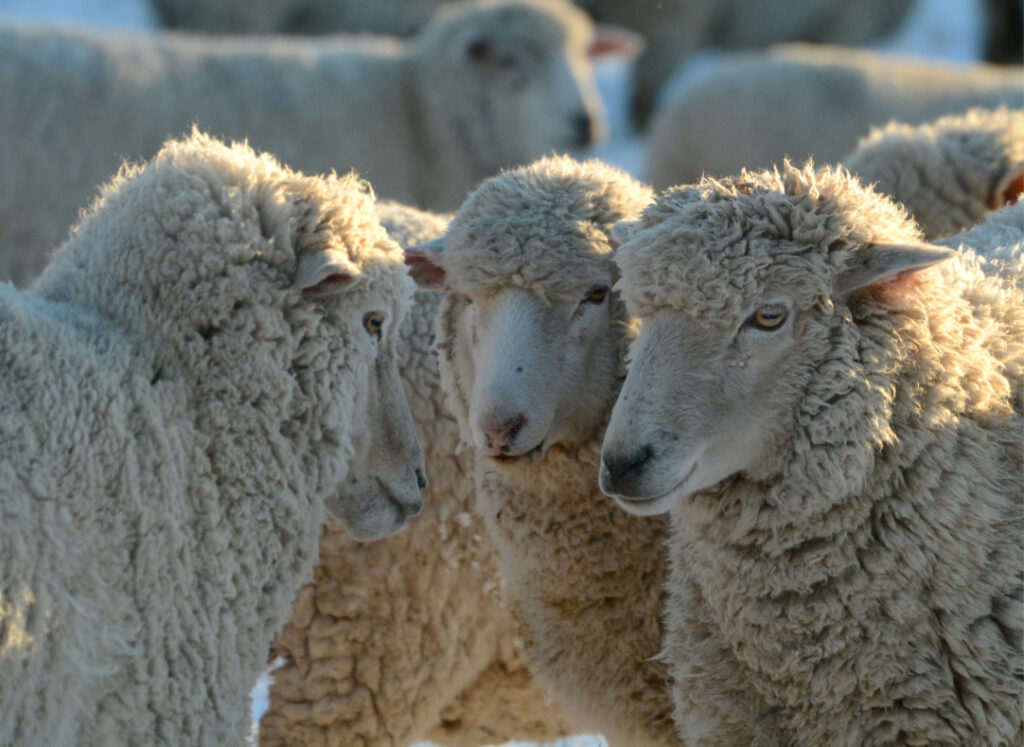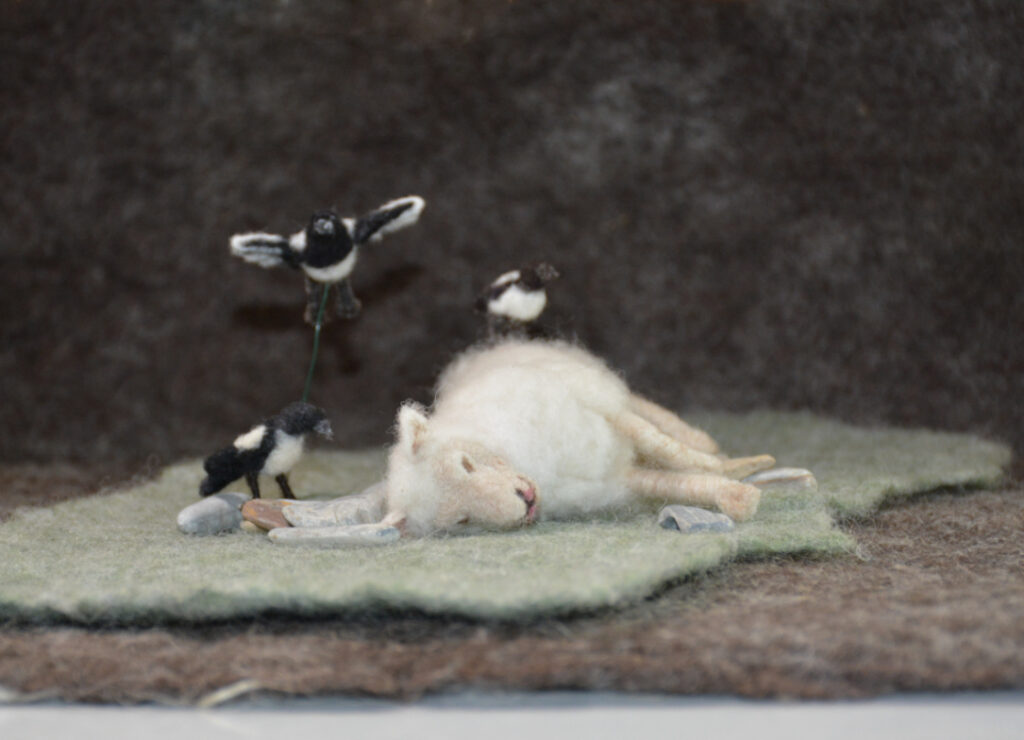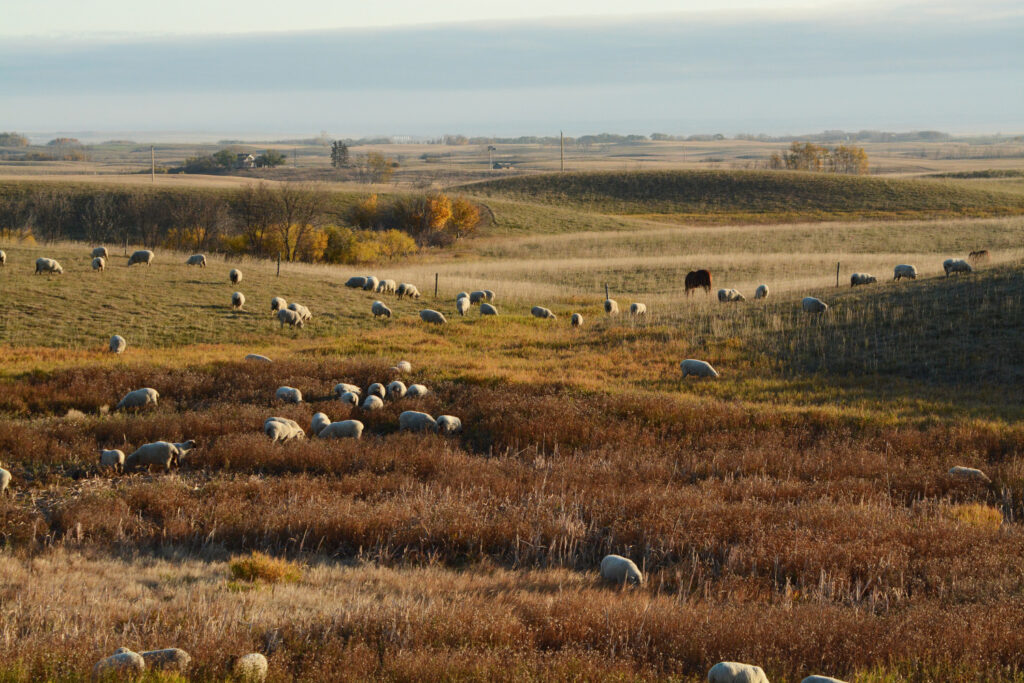Plotting Ewes

The conversation around here is a little one sided right now as ewes face off on a regular basis, showing their less than docile nature as they cycle for breeding. Sheep are often describe as sweet or docile, words that are perhaps derived more on account of their soft appearance rather than their actual nature.
When ewes get to fighting they are far less concerned with my presence then they are when they are causally hanging out or grazing. When moving them out to pasture there is often a pair or a trio too engaged in fighting to notice the flock is leaving and when made to move to catch up they will continue butting each other as they go. They don’t quit easy. The guardian dogs are unfazed by the antics of the ewes and so long as no fighting ewes bother them they bother no fighting ewes.



The rams were turned out yesterday morning so there is plenty more jostling going on in the flock right now as rams are occupied with keeping other rams off of cycling ewes and with breeding. Over the course of the next month they will be run a little ragged; the odd individual ram will even forgo eating. With the flock being smaller there is no concern over ram power (having enough rams) so if the ewes are cooperative in timely cycling I expect the breeding season to be a short one. This of course will play out at lambing time next May/June.
Even though breeding time is the beginning of the next production year I always feel a sense of completeness with the turning out of the rams. Perhaps on account of it being the last flock task in the calendar year; much like shearing is the first flock task of the next calendar year and so it feels like a beginning. With the rams out with the flock I feel as though I have a little breathing room and I’ll take the pauses where they come.




